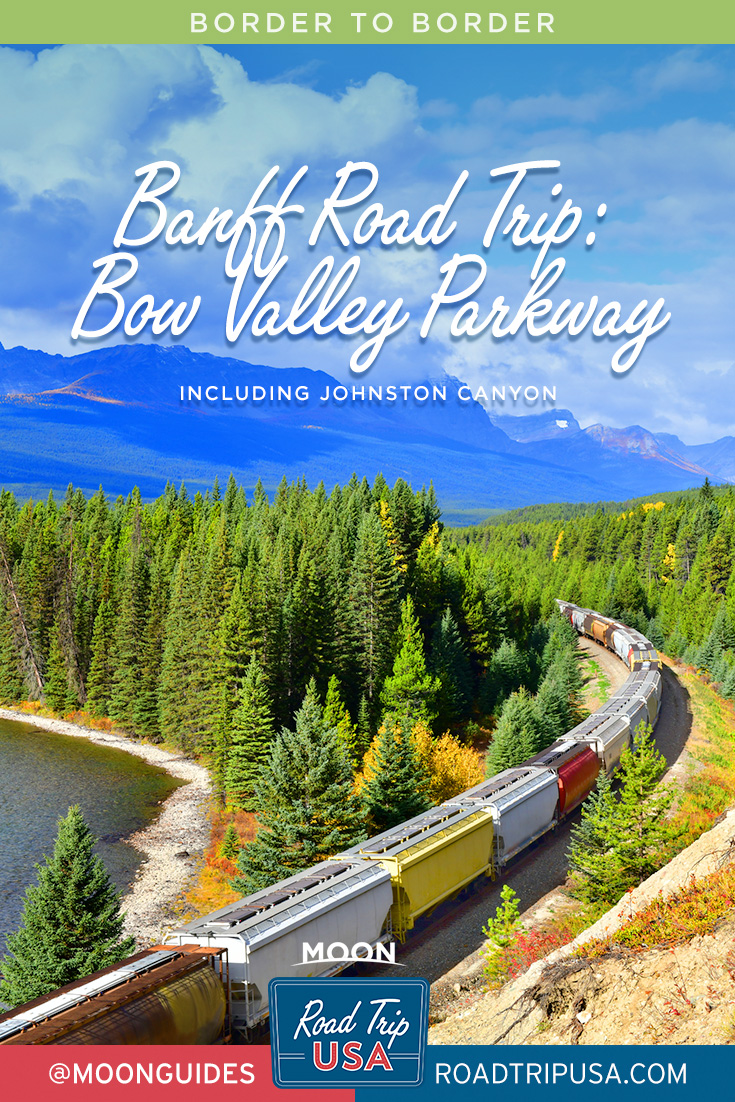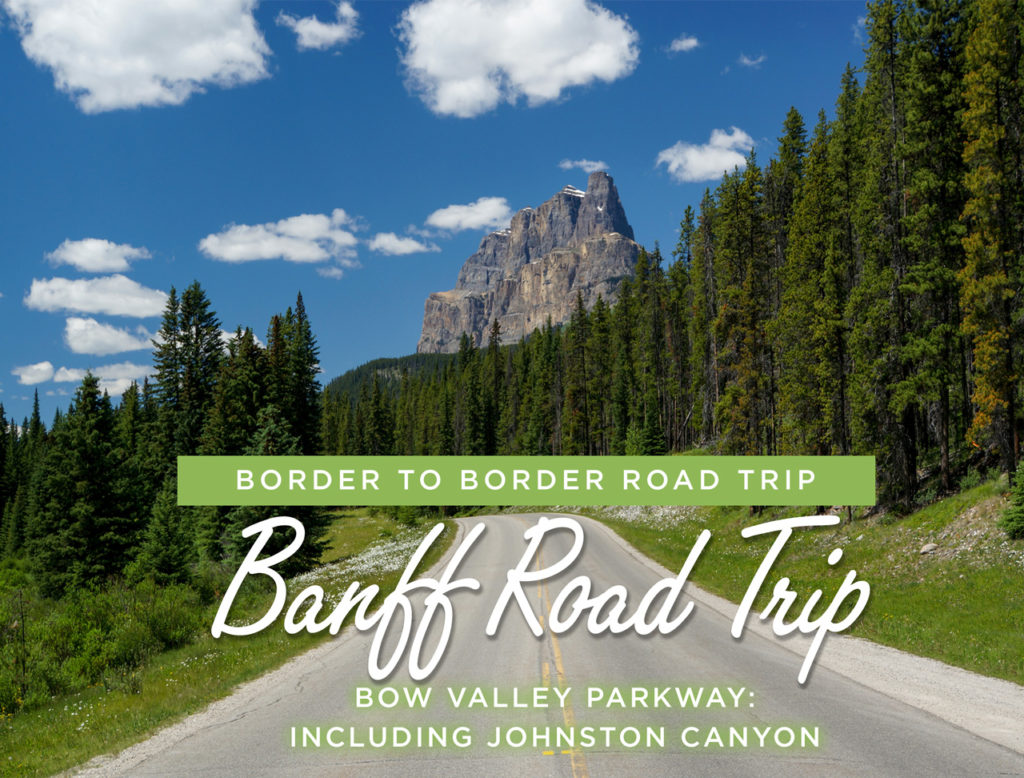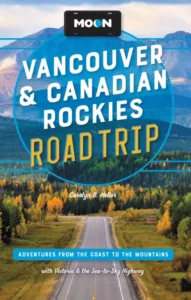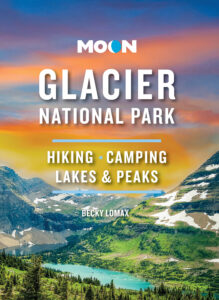Banff Road Trip: Bow Valley Parkway
By Andrew Hempstead, author of Moon Canadian Rockies
A Banff National Park road trip can’t be done without passing through the scenic Bow Valley Parkway. Plan your driving tour with this overview of sights along the parkway, including the spectacular waterfalls of Johnston Canyon.
Two roads link Banff to Lake Louise. The Trans-Canada Highway is the quicker route and more popular with through traffic. The other is the more scenic 51-kilometer (32-mile) Bow Valley Parkway, which branches off the Trans-Canada Highway five kilometers (3.1 miles) west of Banff. Cyclists will appreciate this paved road’s two long, divided sections and low speed limit (60 kph/37 mph). Along this route are several impressive viewpoints, interpretive displays, picnic areas, good hiking, great opportunities for viewing wildlife, three lodges, campgrounds, and one of the park’s best restaurants. Between March and late June, the southern end of the parkway (as far north as Johnston Canyon) is closed 6pm-9am daily for the protection of wildlife.
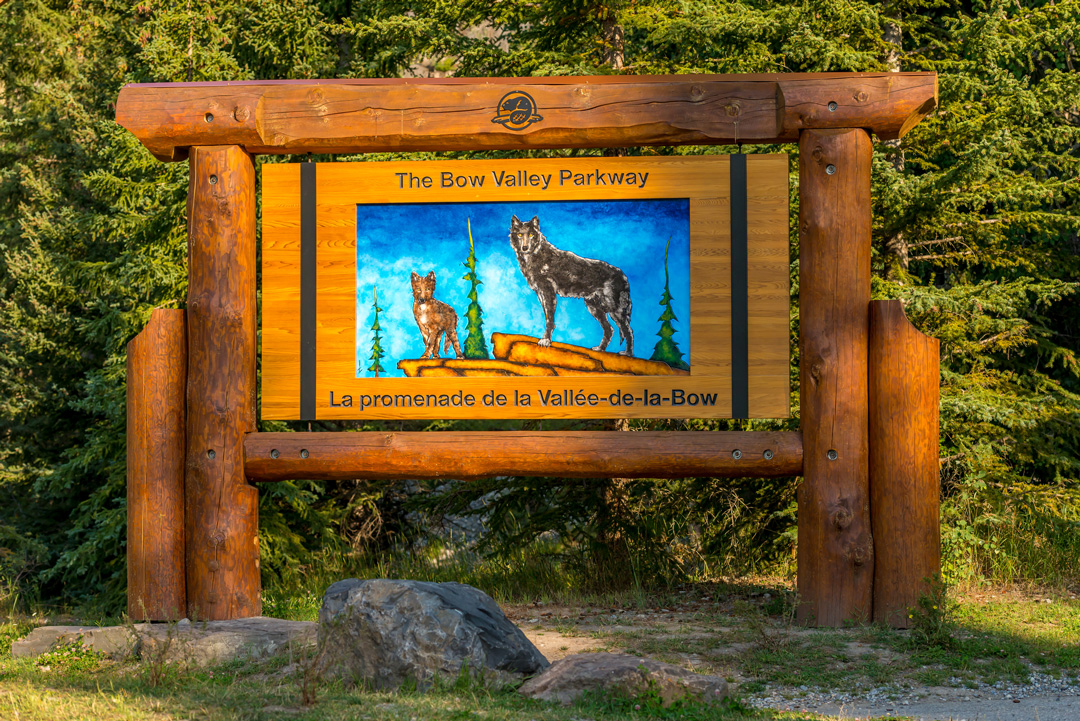
As you enter the parkway, you pass a short side road to creekside Fireside picnic area. At Backswamp Viewpoint, you can look upstream to the site of a former dam, now a swampy wetland filled with aquatic vegetation. Farther along the road is another wetland at Muleshoe. This wetland consists of oxbow lakes that were formed when the Bow River changed its course and abandoned its meanders for a more direct path. Across the parkway is a 1-kilometer (0.6-mile) trail that climbs to a viewpoint overlooking the valley. (The slope around this trail is infested with wood ticks during late spring and early summer, so be sure to check yourself carefully after hiking in this area.) To the east, Hole-in-the-Wall is visible. This large-mouthed cave was created by the Bow Glacier, which once filled the valley. As the glacier receded, its meltwater dissolved the soft limestone bedrock, creating what is known as a solution cave.
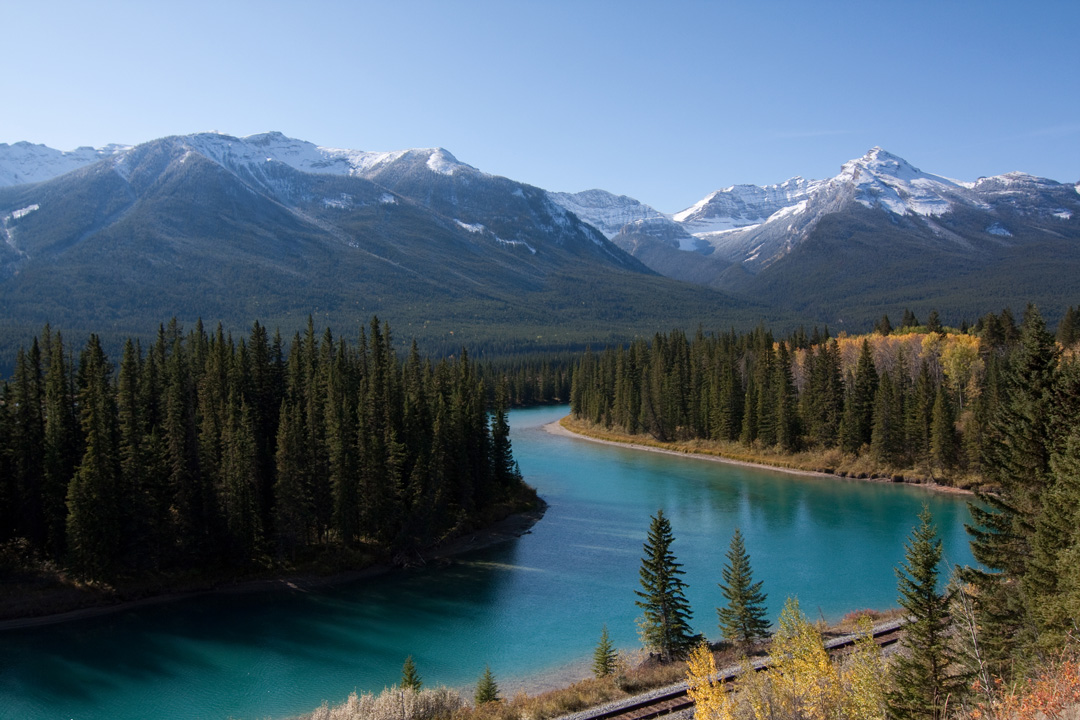
Beyond Muleshoe the road inexplicably divides for a few car lengths. A large white spruce stood on the island until it blew down in 1984. The story goes that while the road was being constructed, a surly supervisor was asleep in the shade of the tree, and not daring to rouse him, workers cleared the roadway around him. The road then passes through particularly hilly terrain, part of a massive rockslide that occurred approximately 8,000 years ago.
Continuing down the parkway, you’ll pass the following sights.
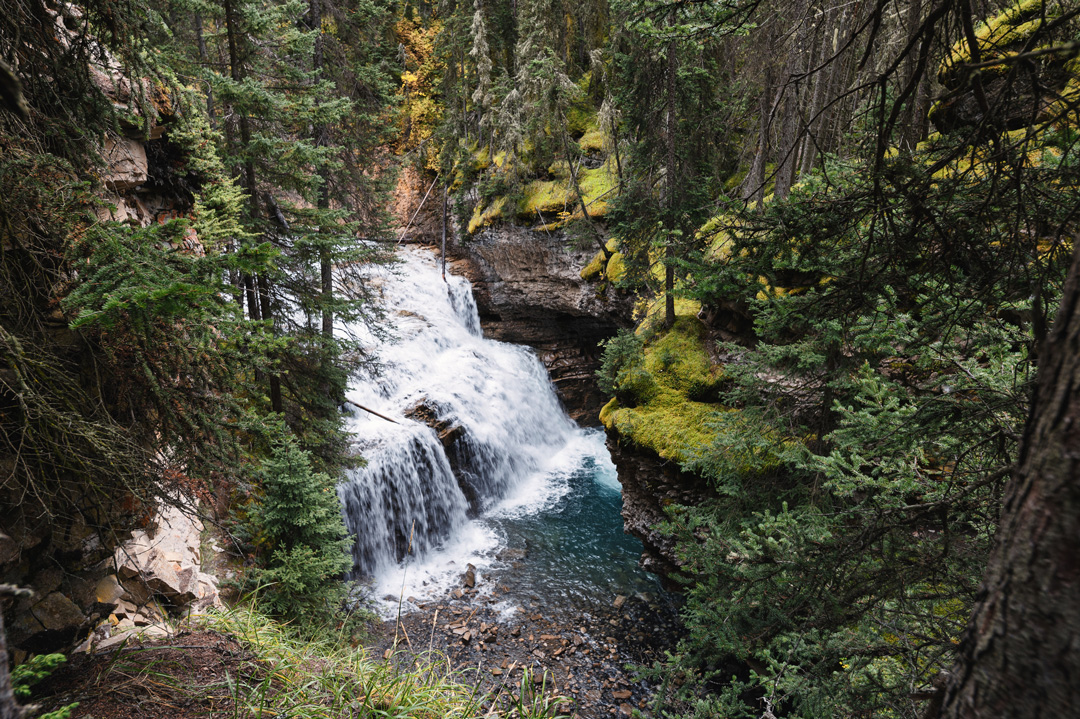
Johnston Canyon
Johnston Creek drops over a series of spectacular waterfalls here, deep within the chasm it has carved into the limestone bedrock. The canyon is not nearly as deep as Maligne Canyon in Jasper National Park—30 meters (100 feet) at its deepest, compared to 50 meters (165 feet) at Maligne—but the catwalk that leads to the lower falls has been built through the depths of the canyon rather than along its lip, making it seem just as spectacular. The lower falls are one kilometer (0.6 mile) from the Bow Valley Parkway, while the equally spectacular upper falls are a farther 1.6 kilometer (one mile) upstream. Beyond this point are the Ink Pots, shallow pools of spring-fed water. While in the canyon, look for fast-moving black swifts zipping through the air.
About the Author
As a professional travel writer, Andrew Hempstead spends as much time as possible on the road, traveling incognito, experiencing the many and varied delights of each destination just as his readers do. He looks forward to spending every second summer at home in the Canadian Rockies, traveling mountain highways and hiking trails, exploring new places, and updating old favorites.
Since the early 1990s, Andrew has authored and updated more than 60 guidebooks, and supplied content for regional and national clients like Expedia and KLM. His photography has appeared in a wide variety of media, ranging from international golf magazines to a Ripley’s Believe it or Not! Museum.
Andrew and his wife, Dianne, own Summerthought Publishing, a Canadian regional publisher of nonfiction books. He is a member of The Diners Club® World’s 50 Best Restaurants Academy. Andrew has also spoken on travel writing to a national audience and has contributed to a university-level travel writing textbook.
Recommended Travel Guides
Pin for Later
